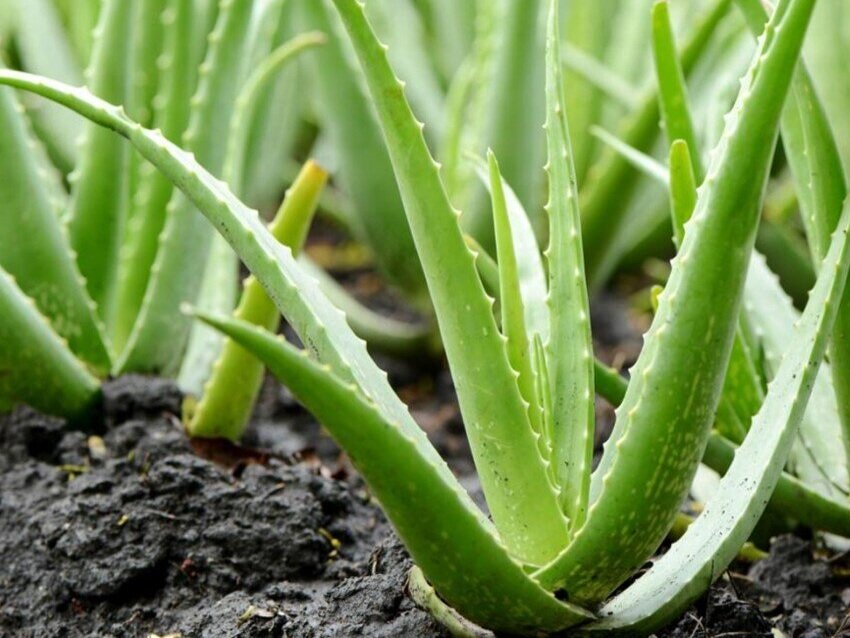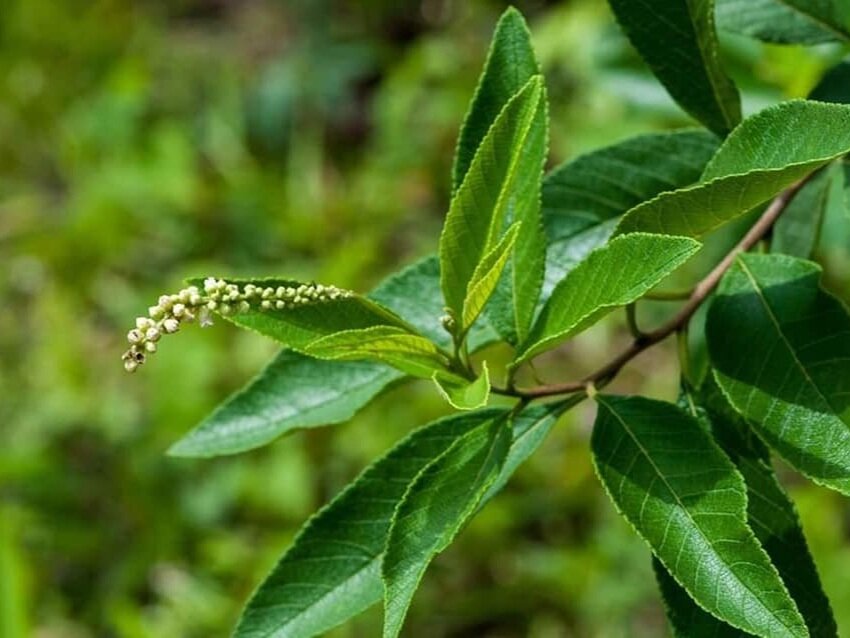
Plant Medicine - During Slavery
The period of slavery on the island of Barbados left an indelible mark on the society in all spheres of activity. It is notable that the population of Africans, brought to the island to provide forced labour on the sugar plantations, had to rely on their knowledge of plant usage for healing to soothe the many ailments that arose from the harsh system. Plants were used mainly for cuts, wounds, ulcers, digestive and skin disorders.
In our mobile museum we dedicate this exhibit to the sixty plants that have been documented in Slave Medicine and Plant Use in Barbados by Jerome Handler, noted Caribbean Historian.
The image at the head of the page was obtained from the Wellcome Collection https://wellcomecollection.org/
Aloe vera
Used for wound healing and burns
Euphorbia hirta (Milk Weed)
Used for cleansing
Euphorbia prostrata (Dove Weed)
Used for for wound cleansing and removal of warts
Ricinus communis (Castor Oil)
Used for colic or intestinal blockage
Cordia curassavica (Black Sage)
Used as a sudorific to promote sweating and hence cooling of the body
Portulaca oleracea (Wild purslane/Pussley)
Used for sore throat
Ocimum campechianum (Duppy Basil)
Used as a vulnerary (cleansing of wounds)
Petiveria alliaceae (Gully Root)
Used for bowel obstructions as a boiled tea
Ruellia tuberosa (Minnie Roots/ Many Roots)
Used for sore throat
We hope you enjoyed exploring the biodiversity in this room!
Please continue the Herbal Museum experience as you click below to view Cooling Teas of Barbados, The Tradition of Caribbean Ethnobotany, or Herbarium Specimen.









